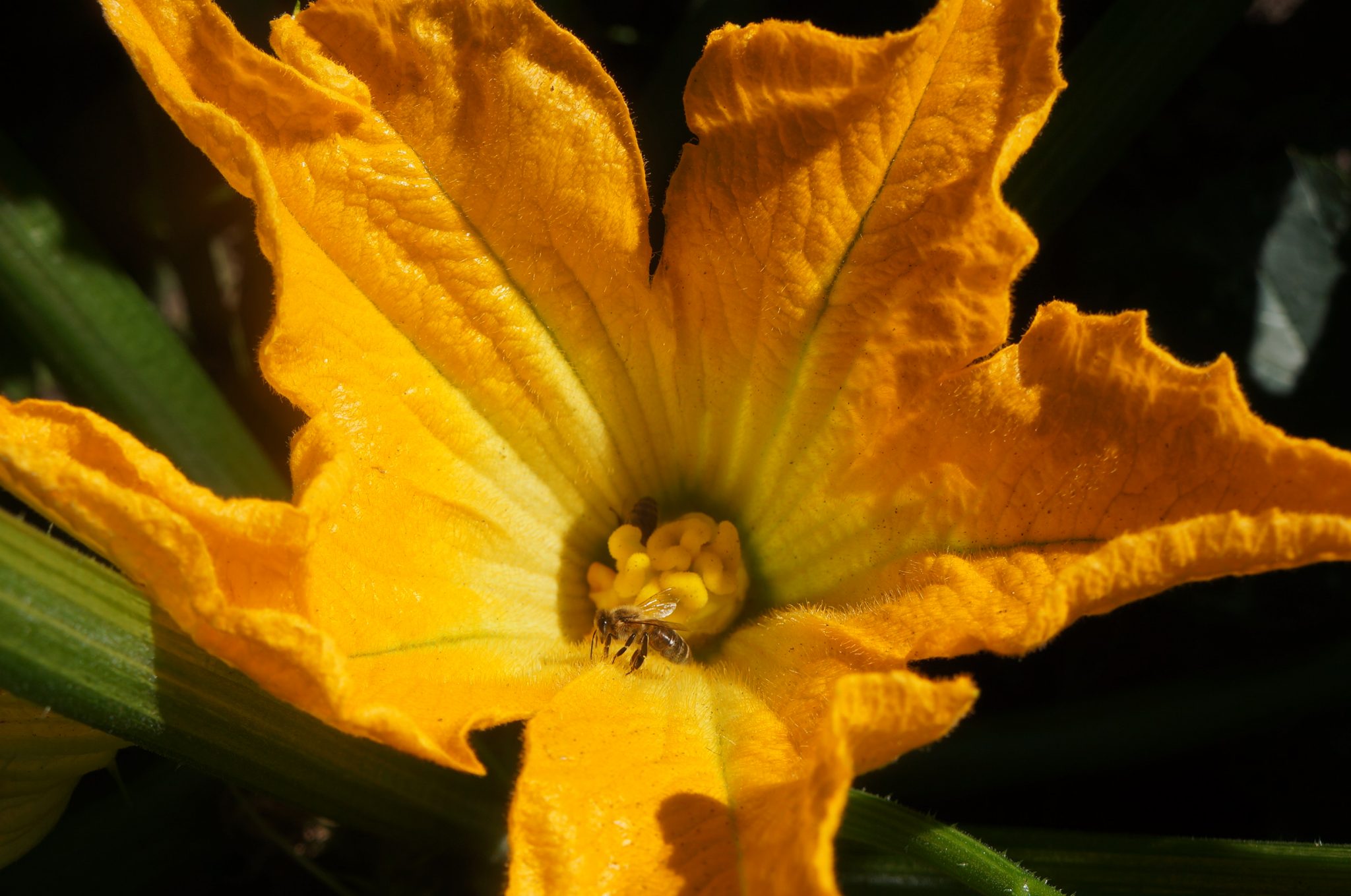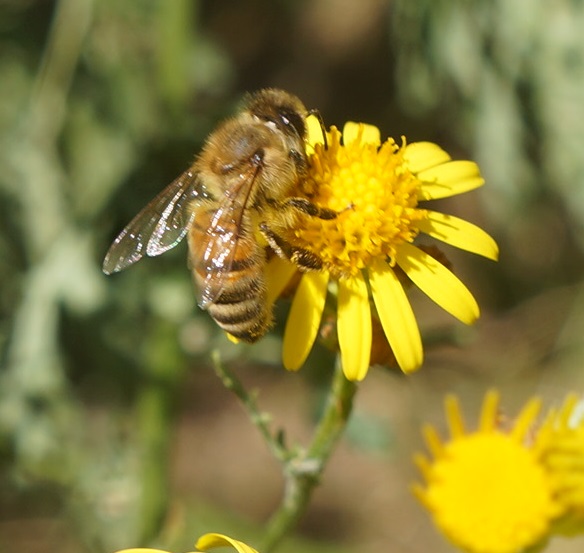- Stay Connected
 Abraham Lincoln
If given the truth, the people can be depended upon to meet any national crisis...
Abraham Lincoln
If given the truth, the people can be depended upon to meet any national crisis...
 Guildford news...
for Guildford people, brought to you by Guildford reporters - Guildford's own news service
Guildford news...
for Guildford people, brought to you by Guildford reporters - Guildford's own news service
Beekeeper’s Notes: Honey Down From Last Year
Published on: 1 Aug, 2020
Updated on: 30 Jul, 2020
Hugh Coakley keeps bees in Worplesdon
It isn’t the reason why most people keep bees but having the honey at the end of the season does help. And the amount of honey, whether it is more or less than previous years, often tells the story of the season.
We get on average 225lbs of honey each year from between four and five hives, depending on the bees. Some goes to family, some we eat ourselves and the surplus we sell.
So far this year, we have taken off 170lbs which is not bad considering the loss of three hives over the winter. It is unlikely that we will be getting any more as the main honey flow is over now for the year. But the bees are very busy and we may be surprised.

Click on the image to see the tiny bee in the hug. flower. The stunning trumpet courgette flower attracts the bees. they spend a few minutes digging around in the base of the flower.
The actual extraction process is probably the hardest work of the beekeeping year; gently removing the bees from the boxes of honey and carrying them back to the house, setting up the kitchen to extract the honey, uncapping and spinning the honey from the comb, filtering the honey to remove any unwanted wax or bee parts, sterilising and filling jars, labelling and then packing into boxes.
It’s a two person job, involves a lot of lifting and it generally takes more than a day to do and then clean up afterwards.
But it is wonderful to see the honey flowing and to taste the intense sweetness and flavour you do not get from supermarket honey.
There is also the amazing variety of the honey that comes from the hives. People ask if they can buy the same as last year, whether it be a set honey or runny, a particular flavour or colour they have especially liked.
I have to disappoint. We get what the bees give us and that changes from year to year and from hive to hive.



















Recent Comments